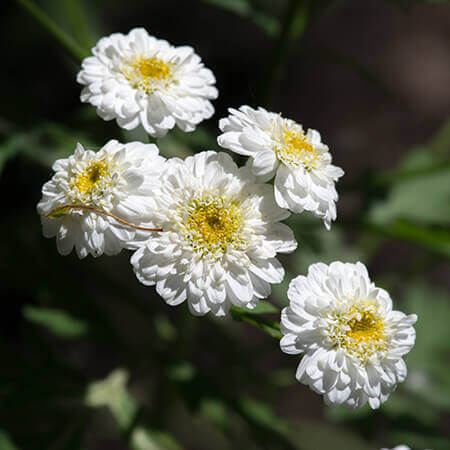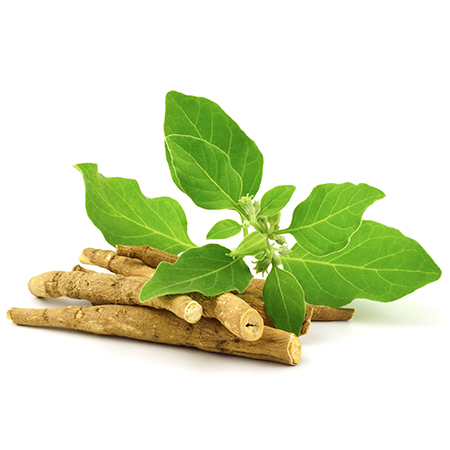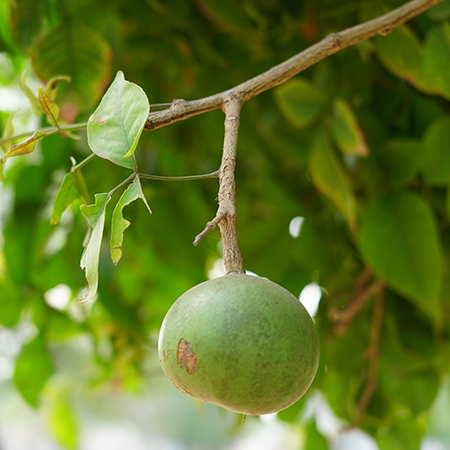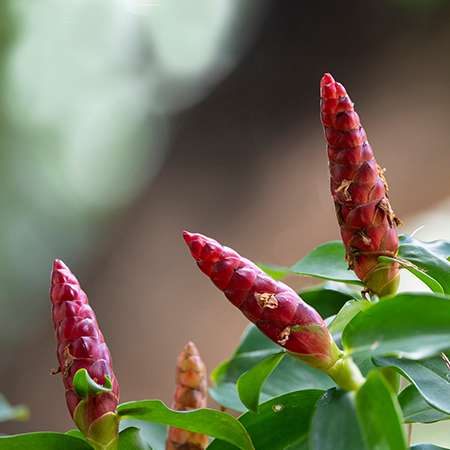-
About Us
button

Dabur India Limited is a leading Indian consumer goods company with interests in Hair Care, Oral Care, Health Care, Skin Care, Home Care and Food & Beverages.
-
Our Brands
button

Dabur presents a range of Herbal & Ayurvedic Personal Care products, created to make you look and feel good. Bringing together the gentle touch of nature and Ayurveda's wisdom .
-
Investors
button

Read our recent and archived releases, quarterly results, annual reports and financial statements. Initiatives Investor Centre.
-
Newsroom
button

Welcome to Dabur Media Centre. In this section, you’ll find our latest Press Releases arranged in a chronological order. The Press Releases have been further
-
Ayurveda & you
button

Our curated Collection of Ayurvedic knowledge for you. We at Dabur are working towards helping people lead a healthy and balanced life.
-
Sustainability
button

Dabur has been engaged in community development activities since 1994 and is committed to making a positive contribution to the communities where we source, live, work and sell our products.
-
Join Us
button

At Dabur, we are very passionate about winning and this has been engrained in DNA of the organization.
-
Support
button
- Home > Ayurveda & you > Ayurveda & Science > Ayurvedic & Medicinal Plants
Ayurveda and Science
Akarkara/अकरकरा/Anacyclus Pyrethrum/Pellitory/Akarkarabh
AYURVEDIC & MEDICINAL PLANTS

The root is almost cylindrical, very slightly twisted and tapering and often crowned with a tuft of grey hairs. Externally it is brown and wrinkled, with bright black spots. The fracture is short, and the transverse section, magnified, presents a beautiful radiate structure and many oleoresin glands. The taste is pungent and odour slight.
Anacyclus Pyrethrum Medicinal Uses
Pellitory root is widely in Ayurveda used because of its pungent efficacy in relieving toothache and in promoting a free flow of saliva. The British Pharmacopoeia directs that it be used as a masticatory, and in the form of lozenges for its reflex action on the salivary glands in dryness of the mouth and throat. The tincture made from the dried root may be applied to relieve the aching of a decayed tooth, applied on cotton wool, or rubbed on the gums, and for this purpose may with advantage be mixed with camphorated chloroform. It forms an addition to many dentifrices. Being a rubefacient and local irritant, when sliced and applied to the skin, it induces heat, tingling and redness. The powdered root forms a good snuff to cure chronic catarrh of the head and nostrils and to clear the brain, by exciting a free flow of nasal mucous and tears. It is also used in premature ejaculation.
Chemical Composition
Analysis has shown a brown, resinous, acrid substance, insoluble in potassium hydroxide and probably containing pelletonin, two oils soluble in potassium hydroxide - one dark brown and acrid, the other yellow - tannin, gum, potassium sulphate and carbonate, potassium chloride, calcium phosphate and carbonate, silica, alumina, lignin, etc.
An alkaloid, Pyrethrine, yielding pyrethric acid, is stated to be the active principle.
Pacifies kapha and vata.
Read more about various ailments, it's causes, symptoms, ayurvedic treatments, etc.
Know the story behind other medicinal Ayurvedic ingredients

Ashwagandha

Bael

Chitvan

Ghee Kunwar







